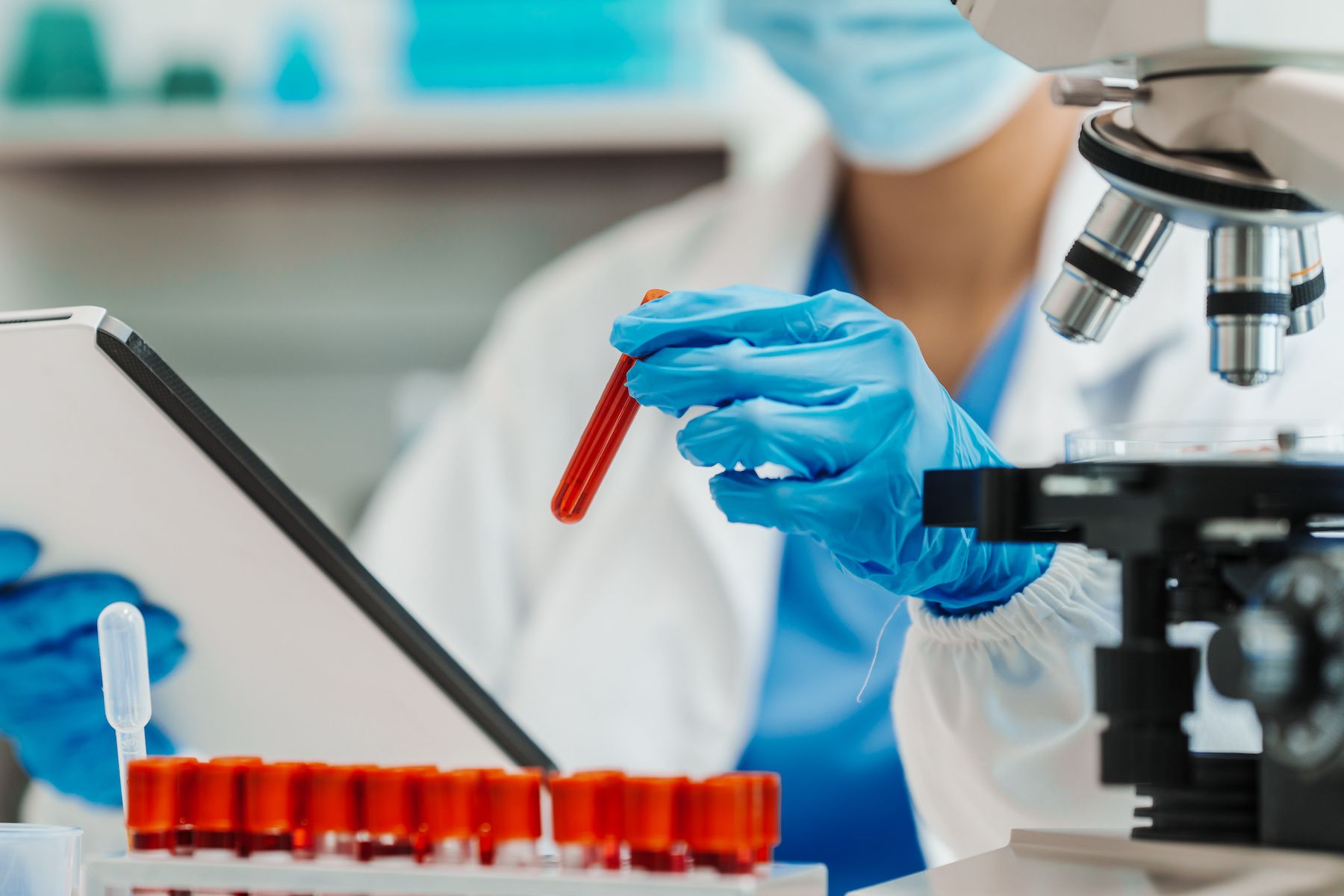With significant overlap between diagnostic stewardship and antimicrobial stewardship programs, researchers believe that pharmacists must be involved with diagnostic stewardship when testing for infectious diseases.
During the diagnostic stewardship process—in which researchers deem collaboration is necessary—laboratorians, physicians, pharmacists, and other health care providers (HCPs) must work together to facilitate diagnostic testing and ensure a complete lack of misdiagnosis and patient errors.1
“Diagnostic stewardship extends beyond the diagnosis of the individual and aims to change both diagnostic and treatment paradigms to improve patient outcomes. As such, optimal diagnostic stewardship involves multiple healthcare providers along the continuum of the diagnostic process, all with unique knowledge bases and skillsets that complement the diagnostic process,” wrote the authors.1
Key Takeaways
- During the diagnostic stewardship process, researchers believe antimicrobial stewardship pharmacists play an important role in the efficiency of the team effort.
- Diagnostic stewardship aims to deliver the right test to the right patient at the right time.2 Researchers support pharmacists' ability to successfully complete the patient-saving tasks necessary for efficient diagnostic stewardship programs.
The authors also highlighted other benefits of antimicrobial stewardship pharmacists, including these pharmacists’ competencies in developing skills, relationships, and accessibility within antimicrobial stewardship programs.
“Antimicrobial stewardship pharmacists have established clinical relationships, skillsets suited to support diagnostic stewardship, and accessibility across healthcare systems. As dedicated diagnostic stewardship teams are formed, [antimicrobial stewardship pharmacists] should not be overlooked as key members of these teams,” they continued.1
Researchers then argued that a successful diagnostic stewardship program is not dependent on professional background but on specific skillsets of HCPs assisting in the process.1
Indeed, these skillsets are dependent upon experience and time spent at respective practices, whether it be a pharmacist or physician in a hospital or pharmacy setting.
Some pharmacist-led diagnostic stewardship activities include facilitating the diagnosis of bloodstream infection, Clostridioides difficile infection, lower respiratory tract infection, urinary tract infection, and multiple infectious sources.1
“Diagnostic effectiveness can be impacted by changes over time, including learning curves on using the diagnostic and introduction of novel therapies that improve the result’s impact on clinical outcomes,” wrote Hueth et al.2
READ MORE: Examining the Impacts of Antimicrobial Stewardship Programs
Between experience in antimicrobial stewardship and experience in the pharmacy, pharmacists can develop diagnostic stewardship skillsets routinely.
Outside of laboratory testing and other hands-on diagnostic stewardship activities, AMS pharmacists are also skilled in reviewing electronic medical records. Claeys et al even gave a specific example of one pharmacist’s skills in practice.
“Pharmacists detect diagnostic errors through close review of patient records, including routine interpretation of laboratory results such as antimicrobial susceptibilities, white blood cell count, and serum creatinine. Through [electronic medical record] review, a pharmacist was able to clarify the correct diagnosis and eliminate overtreatment of latent syphilis in a patient with penicillin allergy, thus preventing unnecessary hospital admission,” they wrote.1
Diagnostic test ordering and other activities related to the diagnostic stewardship program are routine tasks for pharmacists in certain settings. They’re also able to audit diagnostic tests to remove duplicative information and curb the possibility of unnecessary testing.1
Further enforcing the relationship between antimicrobial stewardship and diagnostic stewardship, researchers in Australia created a model for diagnostic collaboration between community pharmacists and general practitioners (GPs).
“Five intervention-focused [general practitioner-pharmacist antimicrobial stewardship (GPPAS)] sub-models were fitted into GPPAS model to foster GP-pharmacist collaboration in [antimicrobial stewardship]: GP-pharmacist team-based [antimicrobial stewardship] education, antimicrobial audits, diagnostic stewardship, delayed prescribing, and routine review of antimicrobial prescription models. Finally, a GPPAS model framework was successfully designed,” wrote the authors.3
Between shared experience and education, researchers were able to successfully create an antimicrobial stewardship and diagnostic stewardship framework.
With patient-facing pharmacists requiring skillsets to successfully engage with their patients, researchers agree that diagnostic stewardship is dependent on the role of the pharmacist.
“The goal of [diagnostic stewardship] programs is to ensure that patients receive timely and appropriate therapy, while reducing overuse of unnecessary drugs, costs, and medication-related adverse events,” wrote Zakhour et al.4
While they are also in agreement that successful programs are meant to be multidisciplinary, Claeys et al concluded the study with their unanimous endorsement of pharmacists’ role in diagnostic stewardship.
“As diagnostic stewardship becomes more broadly used, all infectious disease clinicians, including pharmacists, must collaborate to optimize patient care,” they concluded.1
READ MORE: Pharmacists Role in Opioid Stewardship, Perioperative Main Management Crucial
References
1. Claeys KC, Morgan DJ, Johnson MD. The importance of pharmacist engagement in diagnostic stewardship. Antimicrob Steward Healthc Epidemiol. 2024;4(1):e43. doi:10.1017/ash.2024.34
2. Hueth KD, Prinzi AM, Timbrook TT. Diagnostic stewardship as a team sport: interdisciplinary perspectives on improved implementation of interventions and effect measurement. Antibiotics (Basel). 2022;11(2):250. doi:10.3390/antibiotics11020250
3. Saha S, Kong D, Athan E, Thursky K, Mazza D. GPPAS model: guiding the implementation of antimicrobial stewardship in primary care utilising collaboration between general practitioners and pharmacists. JGAR. 2022;31:S38. doi: 10.1016/s2213-7165(22)00345-9
4. Zakhour J, Haddad SF, Kerbage A, et al. Diagnostic stewardship in infectious diseases: a continuum of antimicrobial stewardship in the fight against antimicrobial resistance. Int J Antimicrob Agents. 2023;62(1):106816. doi: 10.1016/j.ijantimicag.2023.106816
